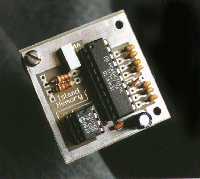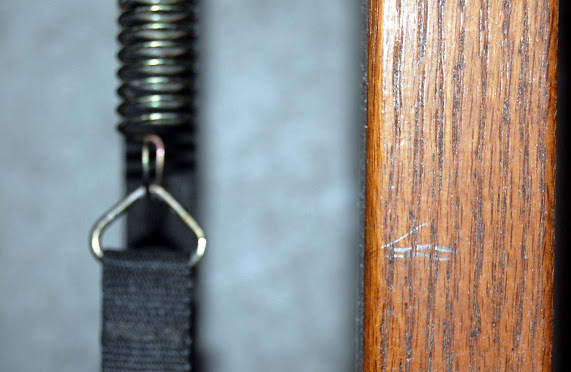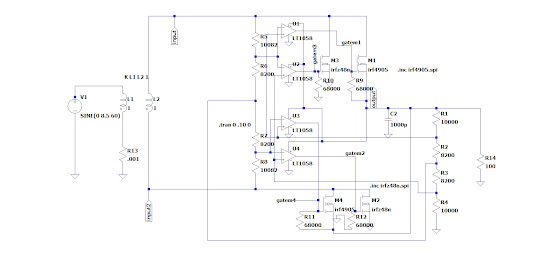the only thing I hate is entropy
And yes, I am undoubtedly misapplying a sub-atomic scale idea to human scale realities so I won't try to define the term, entropy. But it really irks me that things break or wear out or are hard to fix. Evidence is littered all around me, the unmovable automobiles, unrideable bicycles, broken appliances, battery operated stuff with so much battery leakage that it's hard to get the door off the battery compartment. And there's not much I can do about preventing it. That's the way the universe seems to work. But one positive thing I can do to combat this concerns kits. I really try to provide continuing support for the kits, I still have repair parts for most of them. I've always put my call on the circuit boards so anyone with access to a search engine should be able to contact me by email even if they don't know what the item is. I generally like to try and fix things via an email conversation. Often a high-resolution picture of the non-working kit may he

















